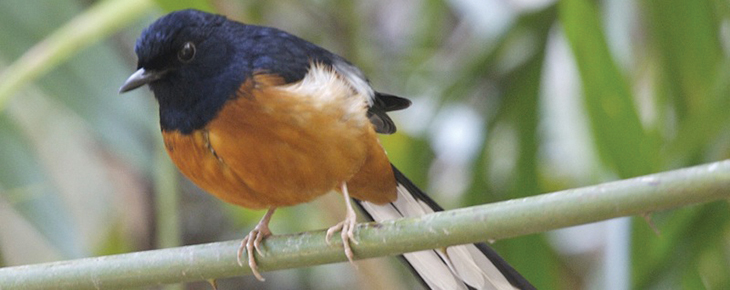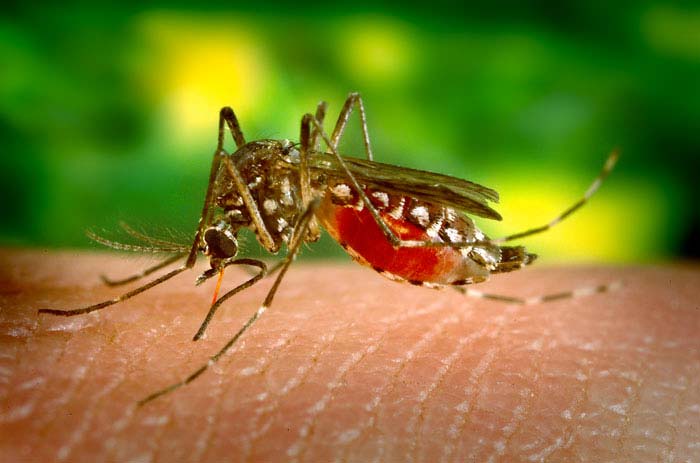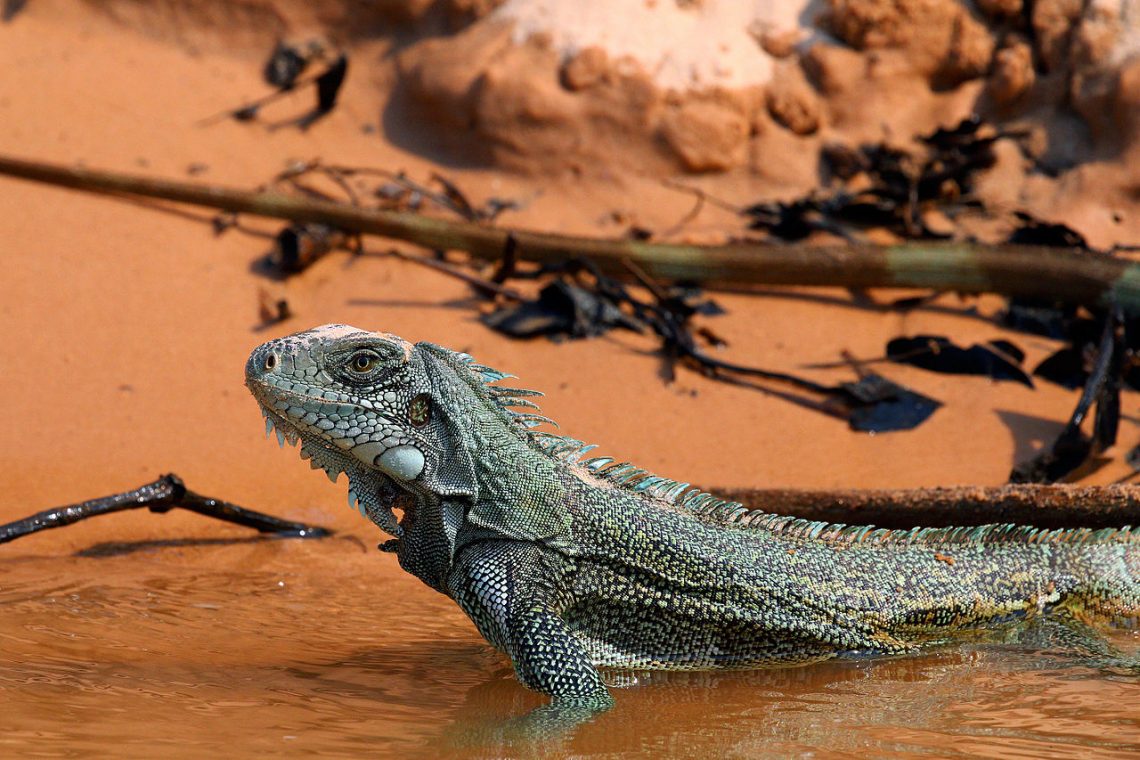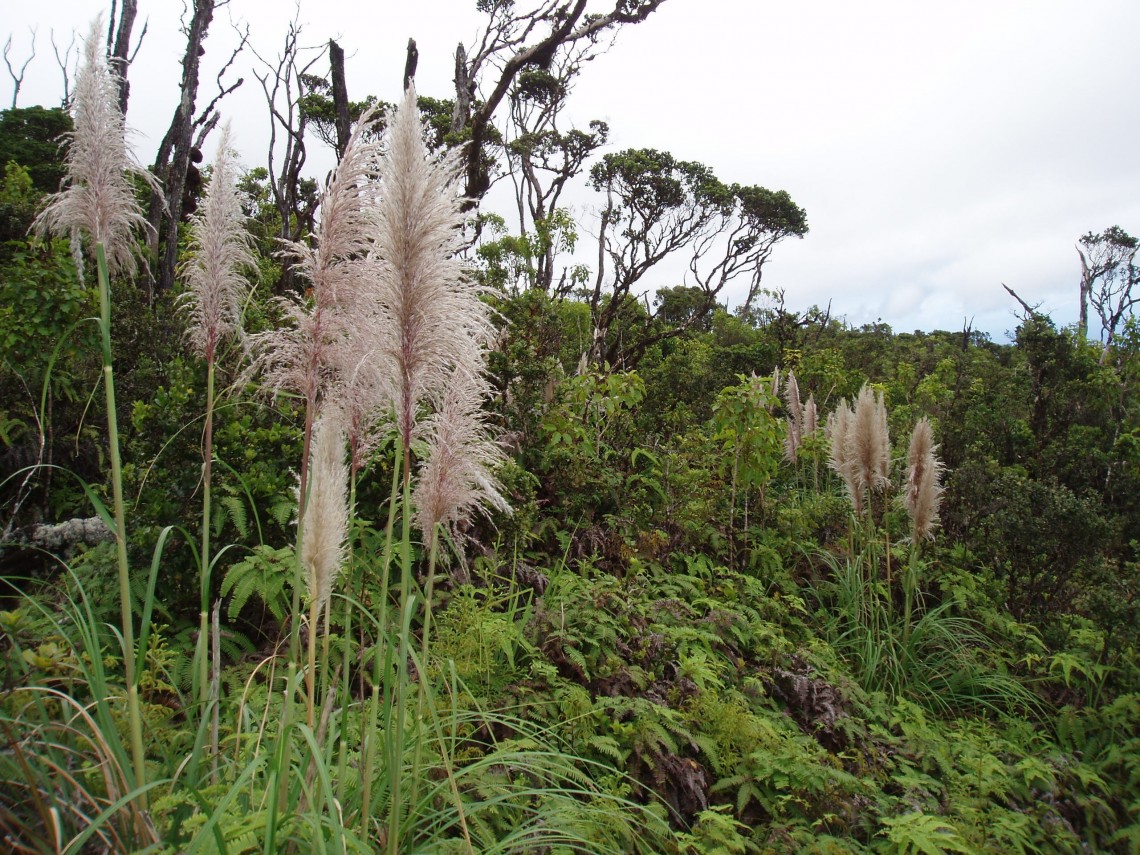In March of 2018, a cluster of reports from Maui residents and visitors of White-rumped shamas in West Maui came…
Read More
Invasive Animals
Gold dust day geckos are only the latest moʻo to make Maui home
https://www.643pest.org/ Geckos are ubiquitous throughout the Hawaiian Islands today, but that was not always the case. Though lizards can colonize…
Read More
What if there were no mosquitoes in Hawaiʻi?
The news is abuzz with mosquitoes these days; outbreaks of dengue fever on Hawaiʻi Island have us all a little…
Read More
Fire! Little Fire Ants in Hawaii
Little fire ants are spreading throughout the state. First introduced to Puna in 1999, and shortly thereafter to Kaua’i, these…
Read More
Iguanas on Maui may be more prevalent than we know
Chuck Chimera only caught a glimpse of the 3-foot long lizard dining on his neighbor’s nasturtiums, but it was enough….
Read More
Pigs and Pampas
At about 4000’ elevation, just east of Koʻolau Gap above Keʻanae on the island of Maui, a four foot tall…
Read More






